Original logo from Wyrd Games
We’re back in Malifaux for today’s topic of Through the Breach magic. Last time we discussed how to pick and use triggers for our characters, which has similarities to Dungeons & Dragons’ feats, but magic in Malifaux is a whole other beast! With that in mind, grab your fate deck and let’s discuss Through the Breach Magic and Grimoires!
Need a refresher on Malifaux? Here’s the previous posts:
- What is Malifaux: Through the Breach?
- Character Creation Tips
- Triggers and Talents
- Free TtB Side Quest Adventure: Warped Orphanage
Disclaimer: This post contains affiliate links, meaning we may receive a small commission from qualifying purchases if you click on our links, at no additional cost to you. You can read our full disclaimer here.
All Trademarks, including Malifaux, places, things and character names and their distinctive likenesses are property of Wyrd Miniatures, LLC.
Strange Magic
To discuss how magic works in Malifaux, we need to do a quick lore lesson. In the alternate-earth history of Malifaux, magic is dwindling and the simplest cantrips require a significant amount of power. Early Malifaux explorers discovered a magical resource called soulstones that, when tapped, can provide a “power boost” to magic users. However, not only are soulstones scarce, but recharging one requires the stone to be close to a person at the exact moment when they die. For the average magic-user in Malifaux without access to a soulstone, magic is still difficult to produce, but easier than attempting the same spell Earthside.
Spell Nuts and (lightning) bolts
“It was dark within the catacombs, and Tessa had no torch nor lantern to guide her. With a resigned sigh, she pulls an arrow from her side quiver and holds it before her. As she closes her eyes and focuses, Tessa mutters a short mantra that she learned while reading the coal-black runestones her mother had left for her. She could feel power coursing through her, flowing up from the ground beneath her, into her hands and pooling into the arrowhead. A slight flicker of embers wafts from the arrowhead before the entire metal piece bursts into flames and illuminates the wet stone around her. Tessa’s pace quickens down the tunnel, while behind her eight insectoid eyes gleam in the darkness.”
So how does magic work gameplay-wise? Unlike Dungeons & Dragons, characters don’t have a limited amount of spell slots. Spellcasters pair together two parts of a spell, known as magia and immuto, to determine a Target Number (TN) that needs to be met to successfully cast the spell. Every spell has a single magia that combines with one or more immuto that can change or alter the spell’s effect. Each magia also has an associated suit attached that must be flipped to cast the spell. Failure to meet either the TN or add the suit to the final total causes the spell to fizzle out. Fortunately, spellcasters can attempt to cast the spell again an infinite number of times, though failure during combat or action scenes could have dire results for the party.
In the story earlier, Tessa used the Enchanting magia Elemental Weapon paired with the Fire Immuto to give herself some light. Normally this combination is mostly for combat, but sometimes creative uses of spells are necessary.
Mechanically, the magia looks like this:
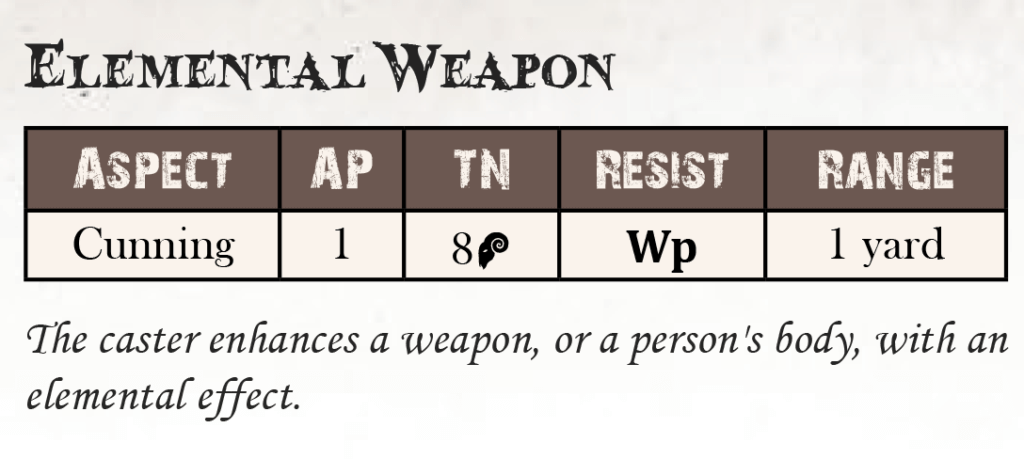
Screenshot from Core Rules Pg. 264
And here’s the fire immuto:

Screenshot from Core Rules Pg. 276
The TN to cast this spell is 8 plus a Ram suit. Paired with the +3 TN of the immuto means the total TN is 11 with Rams.
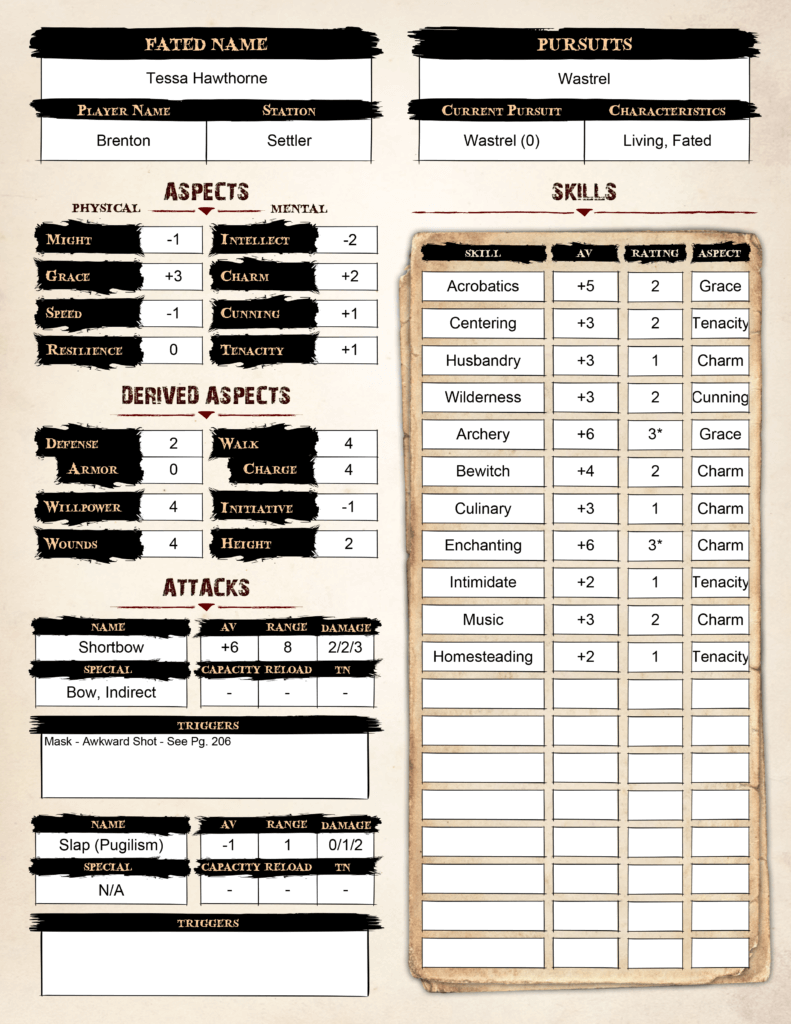
To find the Acting Value (AV) for Tessa, she adds together her ranks in Enchanting (which is 3) and her Cunning aspect (which is +1) to give her a total AV of 4. Tessa would need to flip a 7 of Rams or higher to successfully cast the spell. It’s one thing to flip a 7 or higher in the heat of the moment, but getting that ram suit you need at the same time? Fuhgeddaboudit. But, that’s where soulstones come into play! Soulstones are great for spellcasters since a charge can add a plus flip or a suit of any kind to the spellcasting attempt. The only catch is your now-depleted soulstone has to be near a dying person, so hopefully your characters have melee fighter friends.
Pick your Poison
So, I bet you’re thinking: How many kinds of magical skills are there? Each magia falls under a specific magical skill (with one kind of weird outlier) that players can increase with use. Those skills are:
- Necromancy: Spells that deal with death and mind-influencing magics, such as animating corpses and mind control.
- Enchanting: Spells that magically alter targets, like Elemental Weapon (discussed earlier) and healing spells.
- Prestidigitation: The magical skill used by illusionists, great for teleportation and invisibility spells.
- Sorcery: The magical skill for when something absolutely has to blow up in a magic-induced explosion! It’s also useful for sleep-inducing spells and summoning elemental minions. One of Courtney’s favorite sorcery spells is Wrench, which allows her character to spook someone by wrenching their body through the air.
- Counter-Spelling: Not so much of a skill that includes magia, but instead it cancels ongoing magical effects and creates barriers to protect oneself or others.
It’s possible one character could become trained in each of these skills over time, though it’s unlikely they’ll have access to a plethora of magia. I’ll explain why in the next section!
Don't judge a spellbook by its cover
- A small pocket watch with a 4th hand and runes inscribed along the face
- A painted graffiti glyph that moves slightly when not in view
- Carved animal bones in the shape of alchemical symbols
- A common pamphlet with rambling notes scribbled into the margins
- A small stoppered vial containing a semi-liquid mass that whispers forbidden knowledge late at night
Most grimoires are fairly personal, so it’s not uncommon to work with the game master to design a thematically-appropriate piece. This also applies to the magia and immuto that a grimoire contains. Grimoires found during gameplay as rewards should also be handled with care since it’s highly unlikely the party finds a random grimoire off of a random minion.
Low-level grimoires might have one magia and one to two immuto, while more powerful grimoires hold four to five magia and many more immuto, as well as additional special abilities. The trick with grimoires though is that they tend to be jealous of each other. A character can only “attune” to one grimoire at a time, despite owning multiple. Not only that, but knowledge gained from an attuned grimoire “fades away” over a week, so it is important to keep your grimoire available.
Here’s a sample grimoire I created that Tessa uses:
Nature Runes
These four weather-worn stones fit snugly within the palm of one’s hand and rumble slightly as if they contain a small thunderstorm. It is impossible to separate the stones, as removing one from the bundle causes it to return unseen sometime later.
Magia: Elemental Weapon
Immuto: Increase Duration, Electric, Fire, Water, Wind
Special: The elemental immuto is randomly chosen each time the magia is successfully cast. A specific immuto can be applied to the magia at a cost of +2 TN added to the total.
- Fire = Rams
- Water = Tomes
- Electric = Crows
- Wind = Masks
Magical Theories
When creating your character concept, spellcasters pick from a range of magical theories. Magic theories determine not only how their character knows how to perform magic, but also grants buffs and debuffs. Take, for instance, the Thalarian Doctrine. It is one of the few magical theories allowed by the Guild, as they heavily regulate all magical use within Malifaux. Characters who use this magical theory are less likely to be “Hassled by the Man”, but will still get in trouble if they start throwing fireballs around town. Due to the restrictive nature of the doctrine, all ranks in magical skills cannot reach above a rank two, however, when the character casts an Enchanting Spell, two instances of the Increased Duration Immuto are added to it without increasing its TN.
The Core rule book has over eleven unique magical theories, and even if there isn’t one you like, it’s possible to construct your own with guidance from the game master!
Wrap up
Magic in Malifaux is an incredibly powerful tool for both players and game masters. It’s not uncommon for characters who start their journeys with little to no experience with magic to gain a grimoire or two before the end. There’s still plenty of ground to cover with magic and other topics, but we’ll leave that for another day.
Remember to stay safe out there, and never forget Malifaux’s mantra:
Bad Things Happen
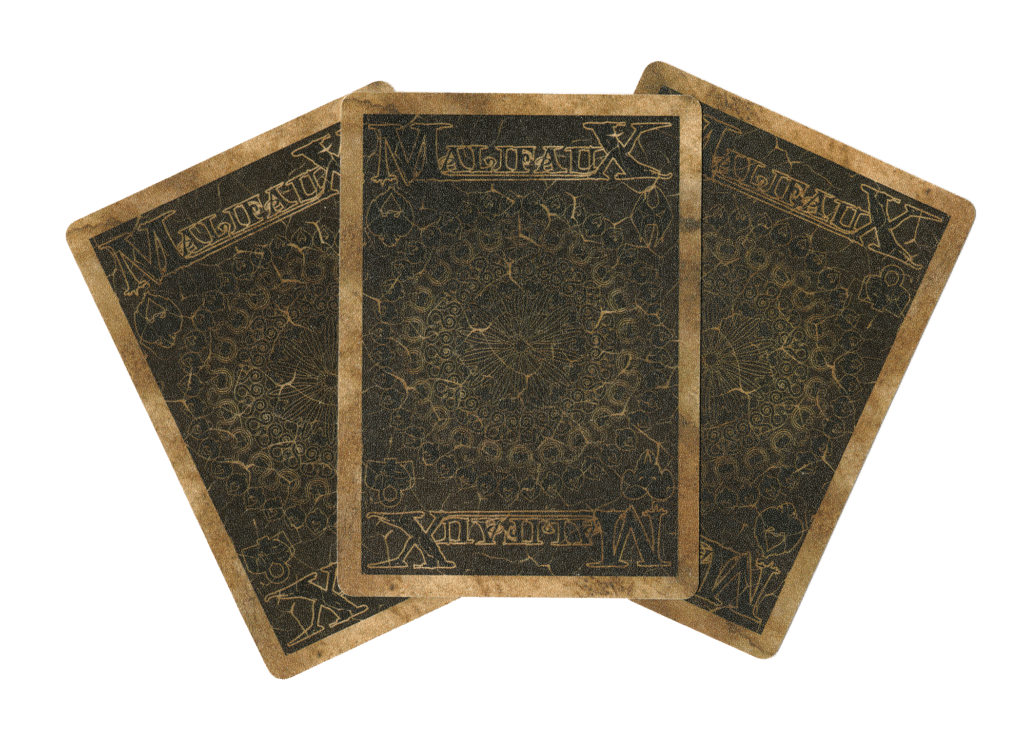
Thanks for dropping by! We would love to know if you give Through the Breach a try, so please drop a comment here on the blog, on Twitter, Facebook, Instagram, or Discord to let us know how it went! To learn more about Malifaux, be sure to check out our Introduction post and our free Through the Breach Side Quest adventure. Lastly, if you’d like access to more maps and content, including downloadable PDFs of our adventures, check out our Patreon. We’re able to do what we do because of all our amazing Patrons!

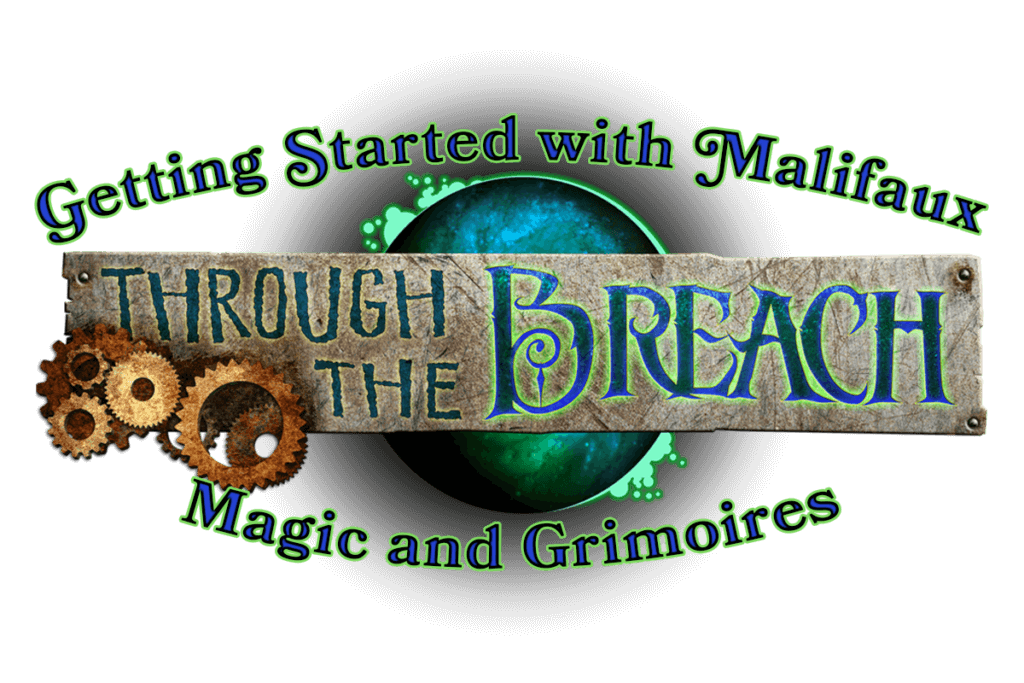


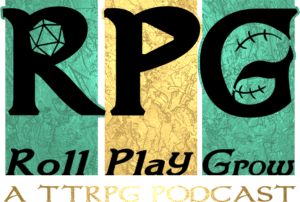
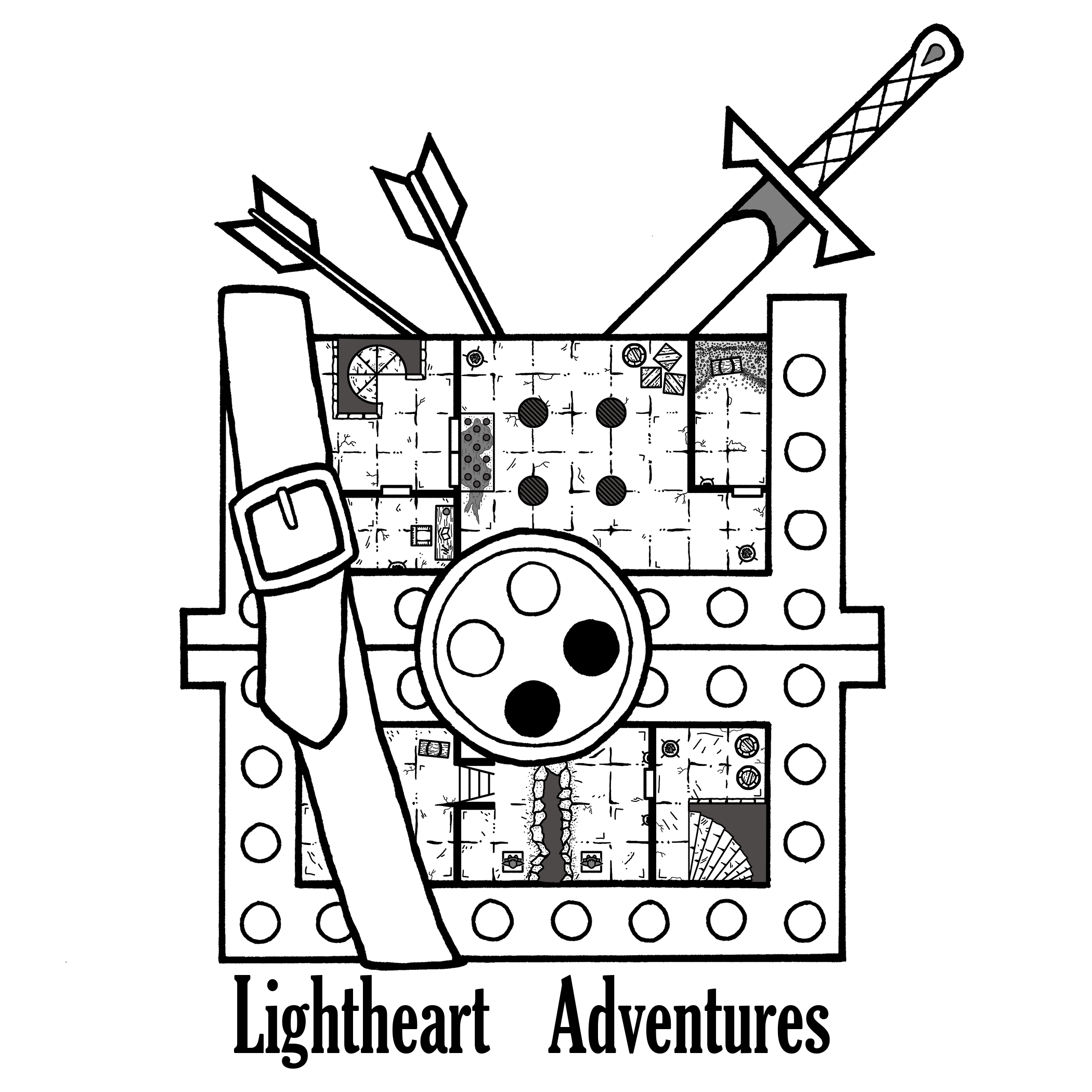


Really love your Through the breach stuff, and am hoping you will continue producing more.
Thank you for the good, clear explanations.